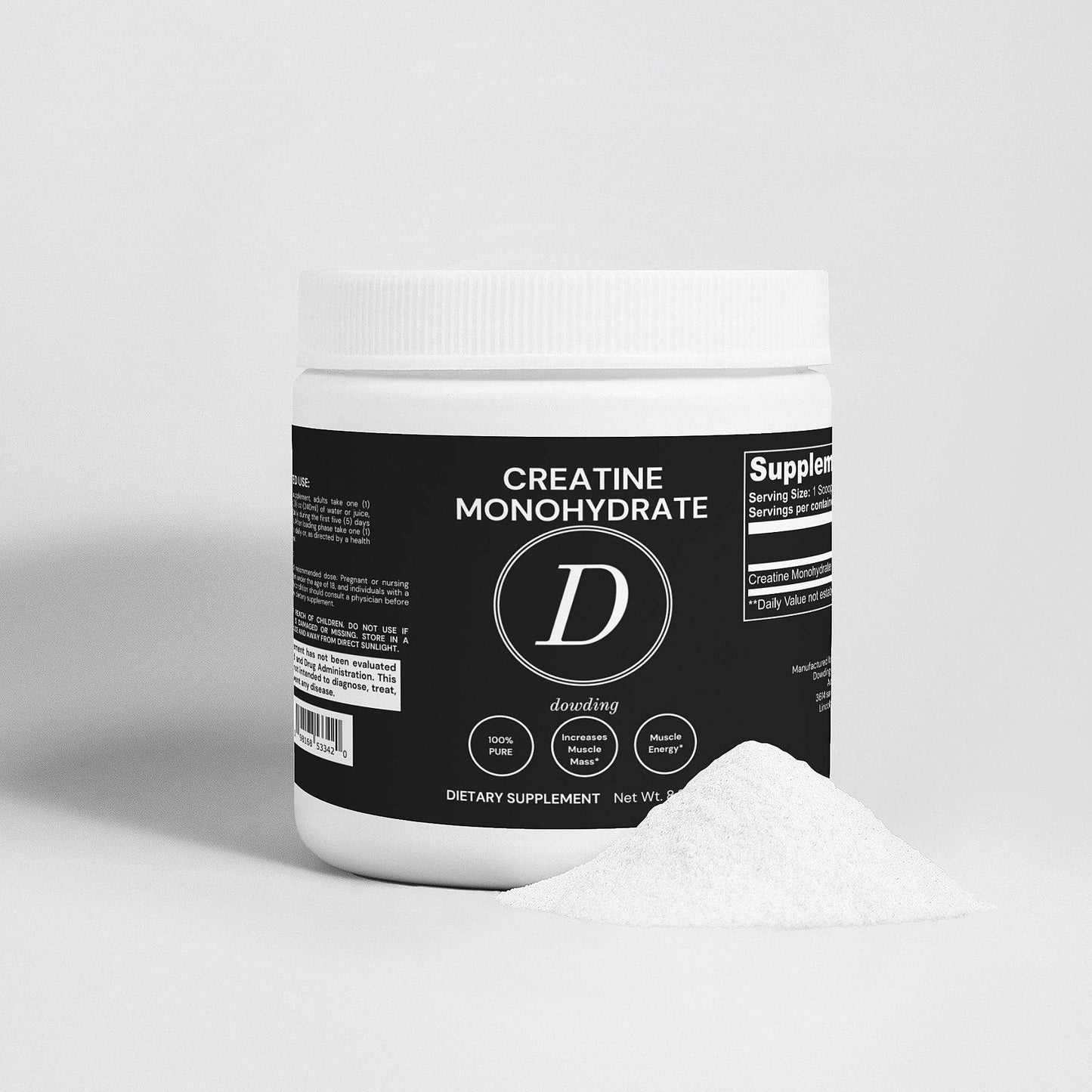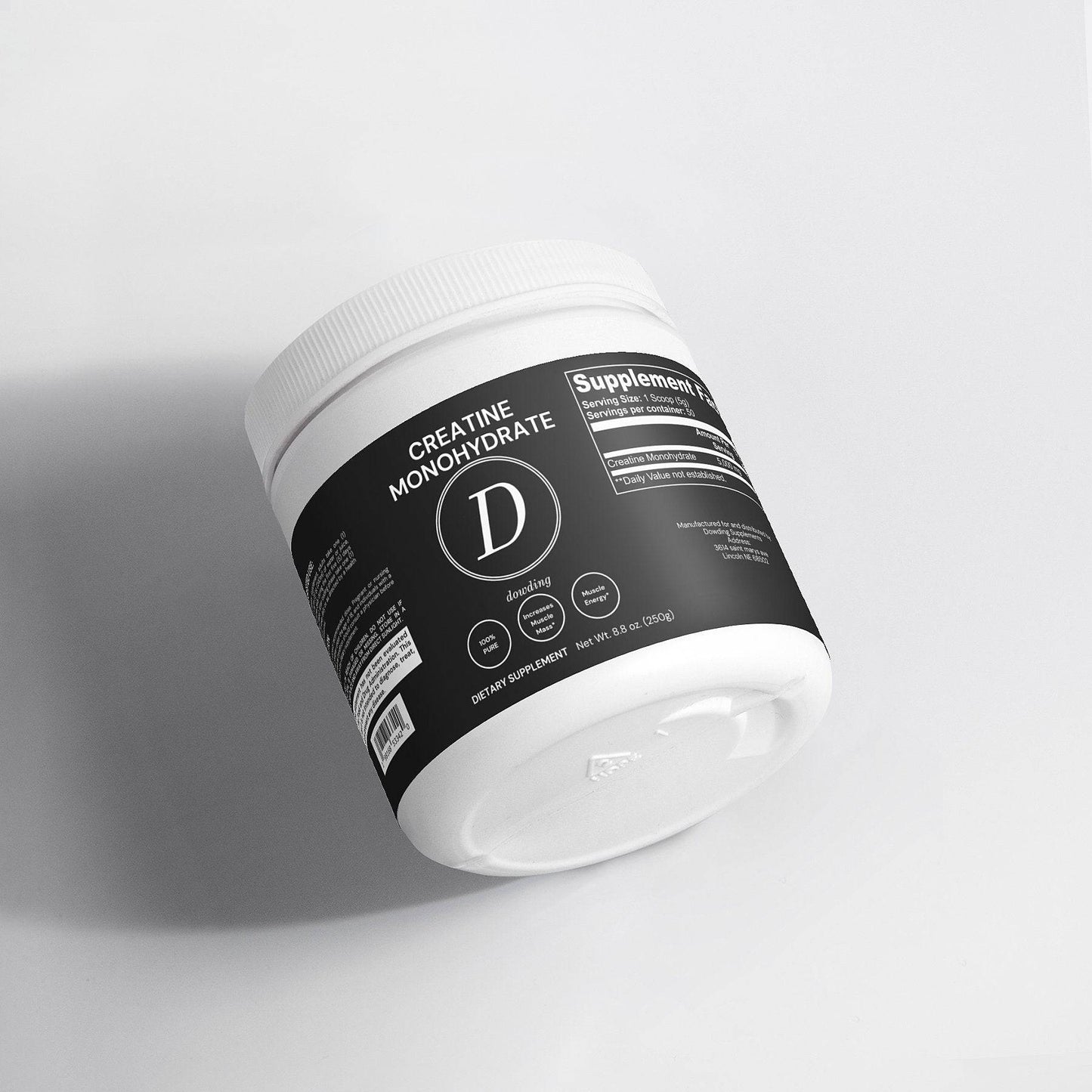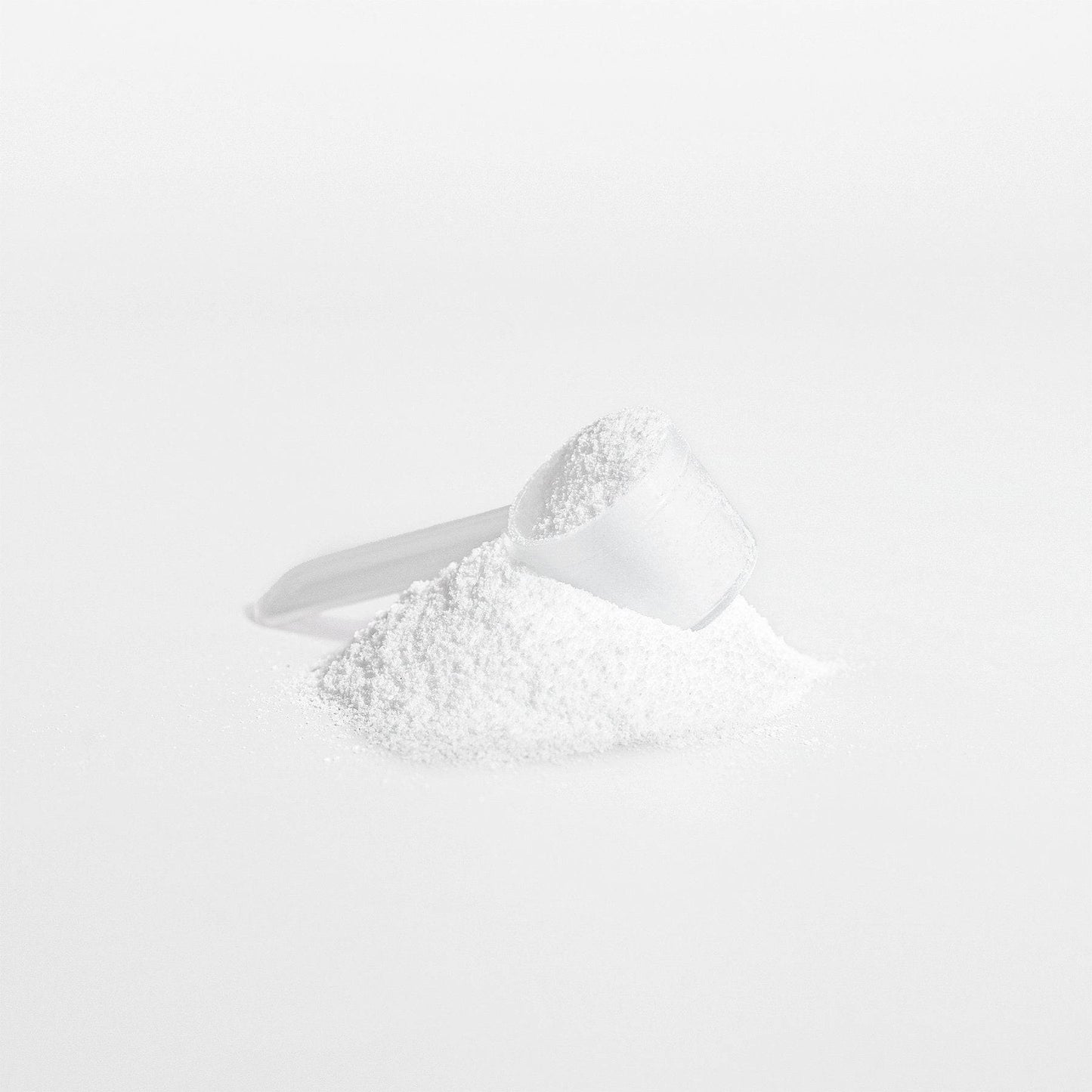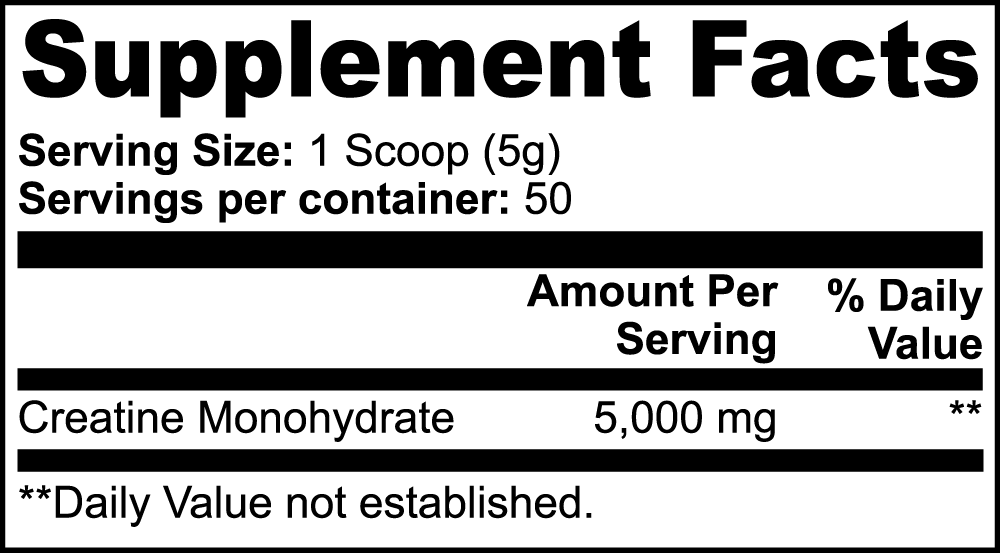
Creatine Monohydrate vs. Other Forms of Creatine
Frequently Asked Questions
1. What is creatine?
2. What are the benefits of creatine monohydrate?
3. Are there different forms of creatine?
4. What is the recommended dosage for creatine monohydrate?
5. Are there any side effects associated with creatine supplementation?
When it comes to enhancing athletic performance, creatine is a popular choice among athletes and fitness enthusiasts alike. Its effectiveness in boosting strength, endurance, and muscle mass has made it a staple in many supplement regimens. Understanding the differences between creatine monohydrate and other forms of creatine can help you make an informed decision about which one is the best fit for your goals. This article will delve deep into the characteristics, benefits, and potential drawbacks of various forms of creatine, particularly focusing on creatine monohydrate.
What is Creatine?
Creatine is a naturally occurring compound found in small amounts in certain foods, such as red meat and fish. It is also synthesized in the human body from amino acids. The body stores creatine primarily in the muscles and uses it as a readily available energy source during high-intensity activities. By supplementing with creatine, users can increase their muscle phosphocreatine stores, enhancing their ability to produce ATP (adenosine triphosphate), the body's primary energy carrier.
Creatine Monohydrate: The Gold Standard
Creatine monohydrate is the most researched and widely used form of creatine available today. It is a simple compound made up of one creatine molecule and one water molecule. Its popularity stems from its proven efficacy and affordability, making it a favorite among athletes and bodybuilders looking for the best creatine.
Benefits of Creatine Monohydrate
- Increased Muscle Mass: Numerous studies have shown that creatine monohydrate can significantly increase muscle mass when combined with resistance training.
- Enhanced Performance: It improves high-intensity exercise performance, allowing users to push through tough workouts and recover faster.
- Improved Recovery: Creatine can help reduce muscle cell damage and inflammation after intense workouts, promoting faster recovery.
- Easily Accessible: Creatine monohydrate is affordable and available in various forms, including powder, capsules, and tablets.
Other Forms of Creatine
While creatine monohydrate is often considered the gold standard, several other forms of creatine are marketed with varying claims of benefits. Here are some popular alternatives:
Creatine Ethyl Ester
This form of creatine is believed to be more readily absorbed by the body due to its esterification process. Some users report experiencing less water retention and fewer stomach issues compared to creatine monohydrate. However, research indicates that creatine ethyl ester may not be as effective at increasing muscle creatine levels as its monohydrate counterpart.
Buffered Creatine (Kre-Alkalyn)
Buffered creatine undergoes a pH adjustment process to make it more stable in the stomach, which may reduce the amount of creatine that converts to creatinine (a waste product). Some claims suggest it leads to improved efficacy and fewer side effects like bloating. However, scientific support for these claims lacks consensus.
Creatine Hydrochloride (HCl)
Creatine hydrochloride claims to have better solubility and absorption than creatine monohydrate. It is often marketed as requiring a smaller dose with less potential for gastrointestinal distress. While some users have had positive experiences, more research is needed to substantiate these claims.
Creatine Malate
Combining creatine with malic acid, this form is thought to enhance endurance and reduce fatigue. It is often favored by athletes focused on performance in endurance and high-intensity training scenarios. Limited research exists to validate its unique benefits compared to creatine monohydrate.
Choosing the Best Creatine for Your Needs
When deciding on the best creatine for you, consider the following factors:
- Goals: Are you focused on building muscle mass, enhancing performance, or improving recovery? Creatine monohydrate is generally well-suited for all athletic goals.
- Anecdotal Feedback: Personal experiences and reviews can help guide your choice. Individuals may react differently to various forms.
- Price: Some alternative forms of creatine can be significantly more expensive without definitive evidence of improved results.
- Side Effects: If you have experienced gastrointestinal distress with creatine monohydrate, you might consider experimenting with buffered forms or creatine HCl. However, be mindful of any potential efficacy differences
Dosage Recommendations
The ideal dosage of creatine can vary based on individual needs and goals. Common recommendations for creatine monohydrate include:
- Loading Phase: Some choose to start with a loading phase of 20 grams per day (divided into four 5-gram doses) for the first five to seven days to saturate muscle stores quickly.
- Maintenance Phase: After loading, a daily maintenance dose of about 3-5 grams is typically recommended to sustain elevated creatine levels.
For those who prefer not to undergo a loading phase, taking 3-5 grams daily from the start will still yield benefits, although they may take longer to manifest.
Potential Side Effects of Creatine
Creatine is generally considered safe for most individuals when taken at recommended doses. However, some users may experience:
- Gastrointestinal discomfort, including bloating, diarrhea, or cramping.
- Muscle cramps or strains, particularly when not adequately hydrated.
- Weight gain due to water retention in muscle tissues.
To avoid potential side effects, it's essential to stay hydrated and adhere to recommended dosages.
Myth-Busting: Common Misconceptions About Creatine
As with any supplement, myths and misconceptions abound, especially surrounding creatine. Here are a few to clear up:
Creatine is Only for Bodybuilders
While many bodybuilders use creatine for muscle gains, its benefits extend to athletes of all types, including runners, swimmers, and CrossFit participants. Anyone engaging in high-intensity or explosive activities can benefit from creatine supplementation.
Creatine Causes Kidney Damage
Research indicates that creatine is safe for healthy individuals. However, those with pre-existing kidney issues should consult a healthcare professional before starting supplementation.
Creatine is a Steroid
Creatine is a natural compound, not a steroid. It functions differently and does not have the same side effects or legal restrictions as anabolic steroids.
Final Thoughts: Unlocking Your Potential with Creatine
Choosing between creatine monohydrate and other forms of creatine boils down to personal preference and specific fitness goals. For many, creatine monohydrate continues to reign supreme as the best creatine available due to its extensive research backing and proven results. When integrated into a well-balanced diet and exercise program, creatine can unlock your potential, enabling you to achieve new heights in your athletic performance.
Always consider your individual needs and consult with a healthcare provider if you have any concerns regarding supplementation. With the right form of creatine, you can work towards overcoming plateaus, enhancing muscle growth, and reaching new levels of strength.





